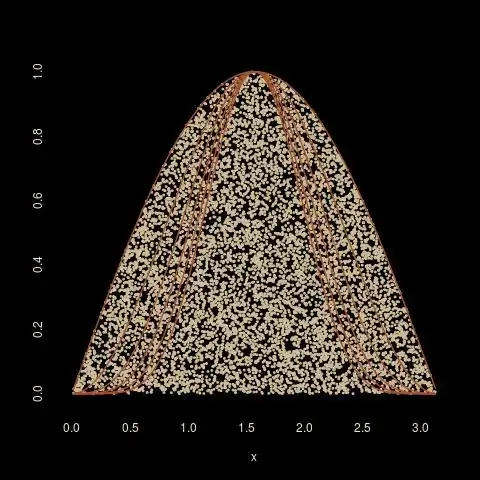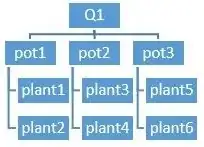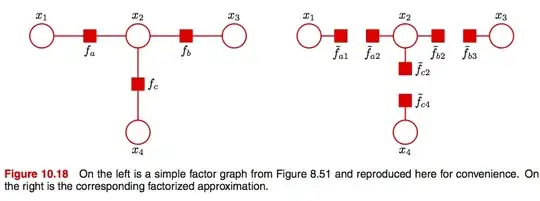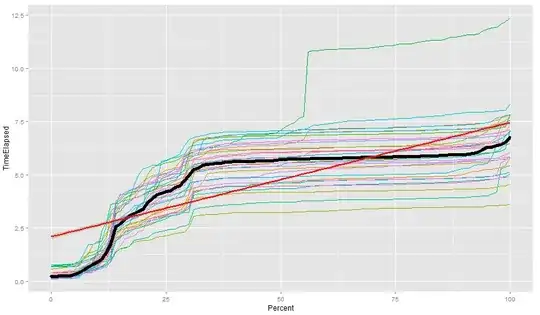thanks to all for any help in advance.
I have built a series of nested GAMs in mgcv to explain the presence/absence of antibodies in a population of animals and used AIC to select my best fitting model. Despite including all potentially biologically plausible explanatory variables I have access to, my best model based on AIC only explains 36.6% of the deviance in my data.
My question is: what might one expect the value of deviance explained to be if my model fits my data well/reasonably well? Based on the little information provided, would you suggest this model fits my data well or not, why/why not?
I have concerns about model fit (for example non-normality of residuals), but have no more predictors to include....
I understand that deviance explained is somewhat similar to R2 for a linear regression for example, see here. When using R2, different researchers use different rules of thumb in regards to the magnitude of the value that is generally indicative of a reasonable model fit - some researchers say R2>0.6 is good fit, others say R2>0.4 or even less is good fit, depending on the specific problem at hand. In logistic regression there is a similar value, McFadden R2, in general the magnitude of McFadden R2 that is indicative of a reasonable model fit is much lower than that of R2 for linear regression. What value/values may be indicative of a reasonable model fit for deviance explained? Are there any rules of thumb or references?
This is my first time using GAMs so I have no previous experience to compare deviance explained values I have obtained on other data sets. Below I have provided summary of my gam and output from gam.check() for more background.
Model summary
Family: binomial
Link function: logit
Formula:
cbind(cnt_RHDV1_pos, cnt_RHDV1_neg) ~ s(prev_rcv, k = 10) + RHDV2_arrive_cat +
breed_season + s(ave_age, k = 10) + s(ave_ajust_abun, k = 10) +
s(RHDV2_arrive_cat, breed_season, bs = "re", k = 2) +
s(ave_ajust_abun, RHDV2_arrive_cat, bs = "fs", k = 30) +
s(ave_age, RHDV2_arrive_cat, bs = "fs", k = 30) + s(lat,
long, k = 11)
Parametric coefficients:
Estimate Std. Error z value Pr(>|z|)
(Intercept) -0.706873 0.067609 -10.455 <2e-16
RHDV2_arrive_cat 0.000000 0.000000 NA NA
breed_season 0.002608 0.136810 0.019 0.985
---
Approximate significance of smooth terms:
edf Ref.df Chi.sq p-value
s(prev_rcv) 3.0480 3.754 35.345 4.18e-07
s(ave_age) 1.0002 1.000 0.810 0.368089
s(ave_ajust_abun) 1.0004 1.001 7.460 0.006329
s(RHDV2_arrive_cat,breed_season) 0.8871 1.000 7.724 0.002459
s(ave_ajust_abun,RHDV2_arrive_cat) 2.9496 3.937 14.362 0.006457
s(ave_age,RHDV2_arrive_cat) 8.7334 27.000 25.084 0.000495
s(lat,long) 4.8955 5.353 45.387 2.52e-08
---
Rank: 94/95
R-sq.(adj) = 0.289 Deviance explained = 36.6%
-REML = 443.79 Scale est. = 1 n = 159
Outcome of gam.check()
Method: REML Optimizer: outer newton
full convergence after 10 iterations.
Gradient range [-0.0001601705,6.142111e-05]
(score 443.7918 & scale 1).
Hessian positive definite, eigenvalue range [6.788685e-05,1.222609].
Model rank = 94 / 95
Basis dimension (k) checking results. Low p-value (k-index<1) may
indicate that k is too low, especially if edf is close to k'.
k' edf k-index p-value
s(prev_rcv) 9.000 3.048 1.01 0.52
s(ave_age) 9.000 1.000 0.99 0.45
s(ave_ajust_abun) 9.000 1.000 0.95 0.24
s(RHDV2_arrive_cat,breed_season) 1.000 0.887 1.09 0.92
s(ave_ajust_abun,RHDV2_arrive_cat) 27.000 2.950 1.05 0.68
s(ave_age,RHDV2_arrive_cat) 27.000 8.733 1.05 0.77
s(lat,long) 10.000 4.895 1.00 0.46



